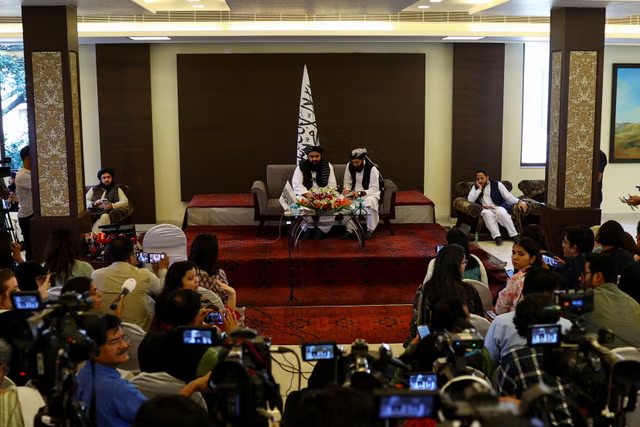Ukrainian Daring Strike on Russian Bomber Bases Surpasses Japan's 1941 Pearl Harbor Attack, Says Russian Analyst
A sudden and devastating Ukrainian drone strike on Russia’s strategic bomber bases has made history, according to multiple military analysts. Some Russian experts have gone as far as to call the operation more strategically surprising and daring than Japan’s infamous 1941 attack on Pearl Harbor.
Ukrainian Daring Strike on Russian Bomber Bases Surpasses Japan's 1941 Pearl Harbor Attack, Says Russian Analyst
Ukrainian Daring Strike on Russian Bomber Bases Surpasses Japan's 1941 Pearl Harbor Attack, Says Russian Analyst
Moscow | June 3, 2025
A sudden and devastating Ukrainian drone strike on Russia’s strategic bomber bases has made history, according to multiple military analysts. Some Russian experts have gone as far as to call the operation more strategically surprising and daring than Japan’s infamous 1941 attack on Pearl Harbor.
For the first time, Ukrainian drones penetrated deep into Russian territory — as far as Siberia — and struck at least four bomber bases simultaneously. Kyiv claims that around 40 strategic bombers were either destroyed or severely damaged — nearly one-third of Russia’s strategic bomber fleet. While Moscow has acknowledged only limited damage, satellite imagery and videos show wrecked Tu-95 and Tu-22M bombers.
The strike has not only damaged key military assets, but also delivered a serious psychological and strategic blow to Russia’s confidence and defense doctrine.
Nuclear Bomber Fleet Targeted
Russia has long relied on strategic bombers as part of its nuclear triad. The aircraft targeted in the strike include:
-
Tu-95 “Bear”: A Soviet-era turboprop bomber capable of carrying 8 cruise missiles.
-
Tu-22M “Backfire”: A supersonic bomber armed with Kh-22 missiles, capable of reaching the U.S.
-
Tu-160 “Blackjack”: Russia’s most advanced supersonic bomber, though in very limited numbers.
Russia lacks the capacity to quickly replace these aircraft, as their production lines were shut down years ago. Defense analyst Douglas Barrie warned that the strike could force Moscow to urgently focus on reviving its next-generation strategic bomber programs.
Radar and Intelligence Capabilities Hit
Ukraine also claimed to have struck an A-50 radar and command aircraft — the Russian equivalent of the U.S. AWACS. The loss significantly impacts Russia’s aerial surveillance and targeting coordination capabilities.
Main Targets of the Strike:
-
Olenya Air Base, Kola Peninsula: A major hub for Tu-95 bombers. Satellite imagery shows extensive destruction.
-
Belaya Air Base, Siberia: Home to Tu-22M bombers. Heavy damage has been reported.
-
Murmansk and the Russian Far East: Reported attacks were intercepted, according to Russian sources.
Ukrainian officials revealed the operation had been 18 months in the making. Drones were hidden inside commercial trucks and deployed to strike all four bases simultaneously, demonstrating unprecedented coordination.
U.S. Briefed on the Attack
U.S. Secretary of Defense Pete Hegseth was reportedly briefed on the strikes. A senior official stated,
“This is a strategic development we have never seen before.”
Moscow Downplays, Bloggers Erupt
Russia’s Ministry of Defense has denied most of the damage. However, Russian military bloggers reacted furiously, criticizing the lack of hardened shelters for such massive bombers.
They called the existing defenses "a sham."
Several satellite images went viral showing old car tires placed over Tu-95 bombers in an apparent attempt to camouflage them — drawing ridicule across social media.
Ukraine Breaks Through Strategic Defenses
This bold assault demonstrates that Ukraine is capable of breaching not only Russia’s battlefield lines but also its deep strategic defenses — a turning point in the nature of this war.










